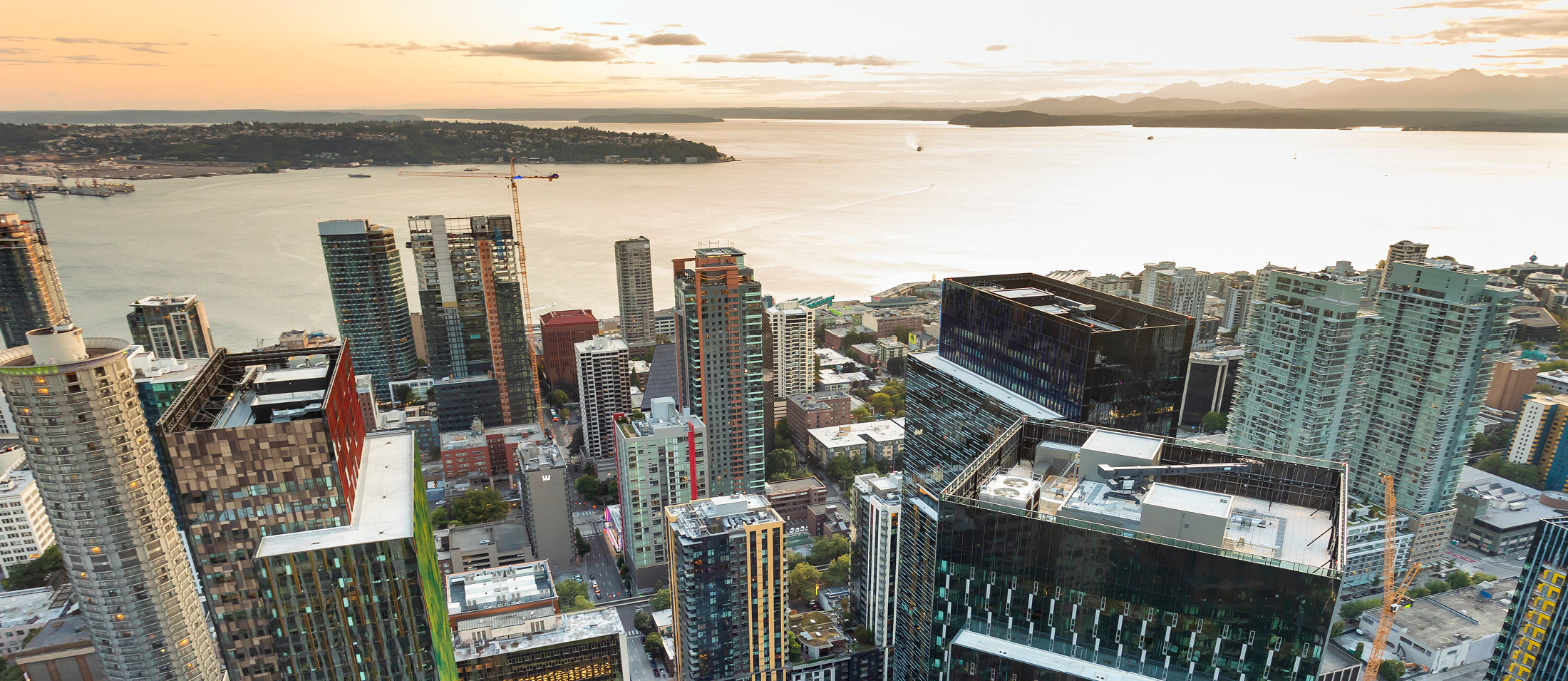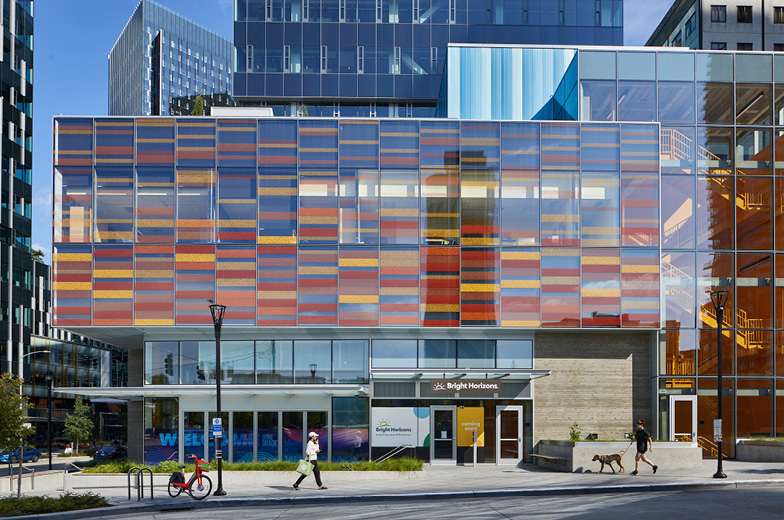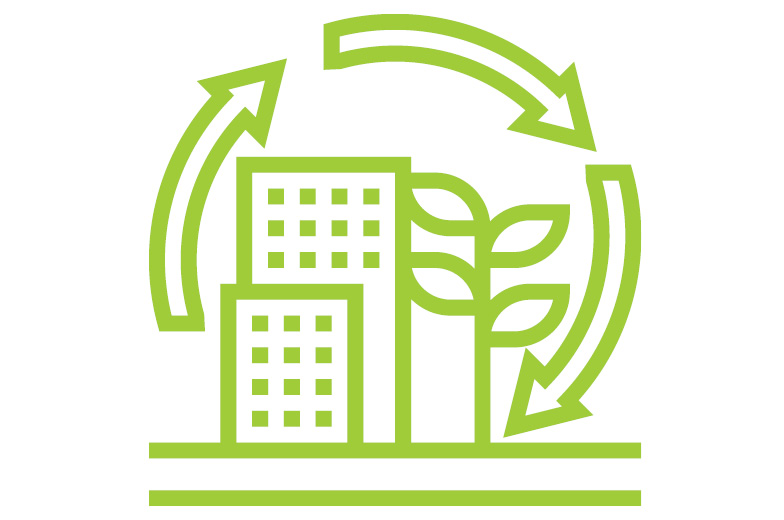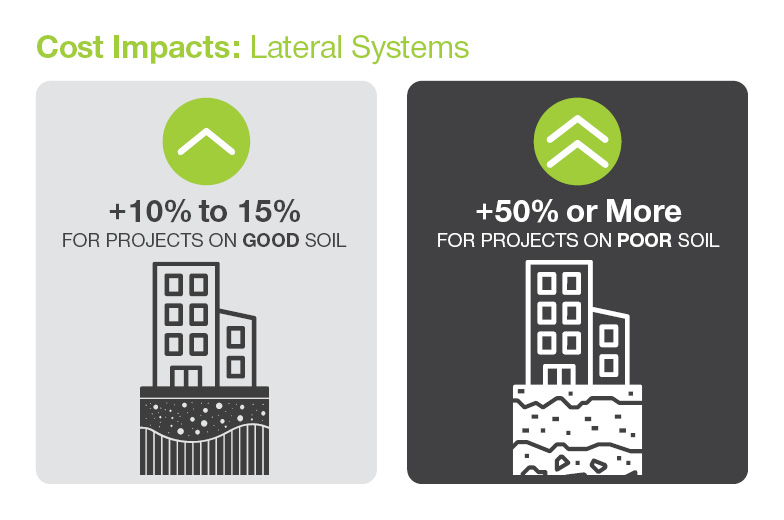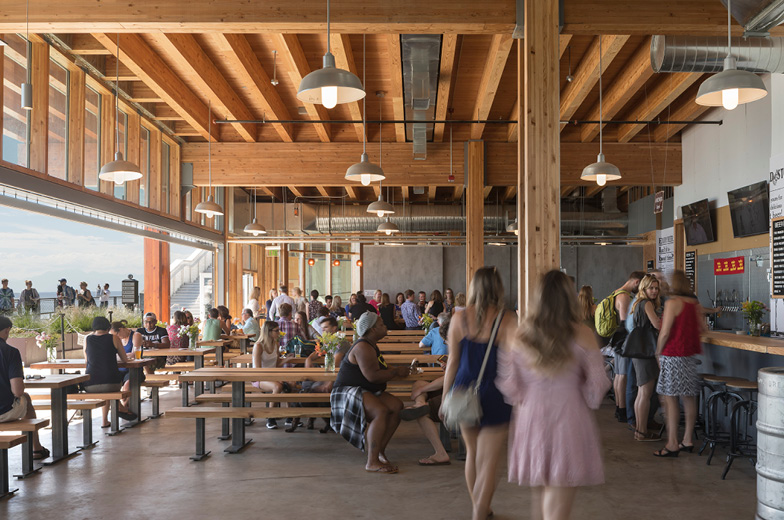Sellen’s team has hands-on experience with the 2018 International Building Code (IBC) changes and the cost impacts that must be considered by owners, architects and builders to ensure successful outcomes. The code revisions place a strong emphasis on creating more energy-efficient buildings. While we will only focus on a few topics here, the revisions are widespread and directly impact multiple project types.
We have honed in on the scopes that have the most significant impact on commercial structures. Our key findings are below.

